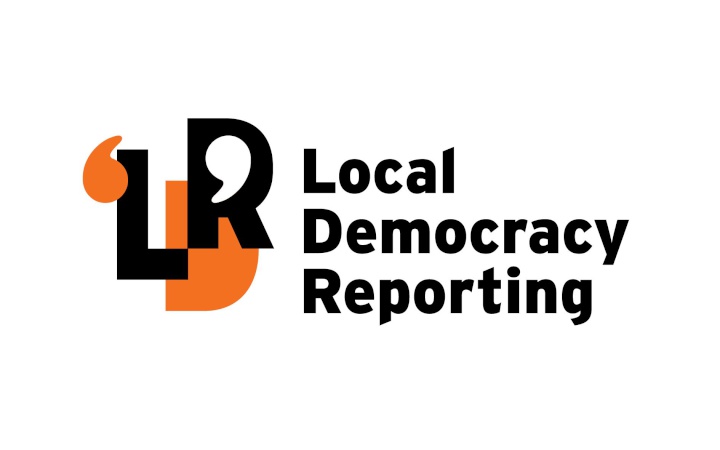South Wairarapa councillors were in a deadlock on Wednesday over whether to fund a $1 million fix on a cracked coastal bridge.
Riddiford’s Bridge on Te Awaiti Rd was built in 1948 and has large cracks running almost the entire height of the western pier.
But some councillors argued against funding the repair of the council-owned bridge because it only serviced one property, Te Awaiti Station, which spanned more than 6000 hectares of coastal land, farming sheep, cattle, and deer.
The bridge repair option recommended to council would cost $945,000 and would involve the installation of temporary propping to support the bridge while repairs were done.
The council had already budgeted $500,000 for the work, but an additional $445,000 was needed.
The shortfall was recommended to be loan-funded in the 2025-26 financial year, contingent on NZTA approving a 51% subsidy.
At Wednesday’s council meeting, a motion to fund the repair led to a deadlock.
Councillors Pip Maynard, Colin Olds, Aaron Woodcock, Martin Bosley, and Deputy Mayor Melissa Sadler-Futter were in favour of the repair, and councillors Aidan Ellims, Rebecca Gray, Kaye McAulay, Mayor Martin Connelly, and Māori Standing Committee representative Violet Edwards voted against.
After the vote failed to progress, the motion was put forward again and Ellims changed his vote to support the repair.
Connelly said he could not support the repair without a cost-benefit analysis.
“I fail to see how spending $1m here for the amount of traffic can in any way come close to meeting a cost benefit analysis ... I just can’t see how we can go to ratepayers and say let’s spend $1m on this particular bridge.”
He suggested making the bridge pedestrian-only to eliminate the health and safety risk.
McAulay said the council could not expect ratepayers “to cover the cost of this for basically one person”.
Sadler-Futter countered that as the bridge was council-owned, it was the council’s legal duty to ensure the health and safety of others was not put at risk.
Woodcock said the council didn’t have a choice but to fund the repair.
He said the landowner paid “a fairly large amount in rates every year” and agreed the council was duty-bound to repair the bridge it owned.
Gray said the council needed to have a wider conversation around its assets, particularly coastal assets that were at risk from natural hazards.
Ellims suggested handing the asset over to the landowner or to ask for a contribution towards the repair.
Sadler-Futter said this wasn’t in line with recent work the council had done to maintain its assets.
“When we look at things from a policy level, we didn’t ask residents in Hinekura to pay for their road to be repaired and we don’t ask the residents of Cape Palliser to pay for their road to be repaired.
“I understand that there is one significant property on the other side of this bridge but I think if we make this decision if has to be based on policy and how we treat all roads in our area, not on whether or not we think it’s deserving of one person to get a repair versus 10 people or 50 people or 1000 people.”
The council would apply for the NZTA subsidy and if unsuccessful would revisit the funding decision.
– LDR is local body journalism co-funded by RNZ and NZ On Air



 Gordon Campbell: On Our Austerity Fixation And Canada Staying Centre-left
Gordon Campbell: On Our Austerity Fixation And Canada Staying Centre-left Te Pāti Māori: Keep The Window Open- UCOL Must Stay
Te Pāti Māori: Keep The Window Open- UCOL Must Stay Unions Otago: May Day Workers' Hui
Unions Otago: May Day Workers' Hui People Against Prisons Aotearoa: Voting Ban “Undermines Democratic Principles” Says Justice Group
People Against Prisons Aotearoa: Voting Ban “Undermines Democratic Principles” Says Justice Group Taxpayers' Union: Nationwide Hīkoi Calling For Balanced Budgets
Taxpayers' Union: Nationwide Hīkoi Calling For Balanced Budgets Greenpeace: Luxon’s War On Nature Opens Gate For More Dairy Conversion
Greenpeace: Luxon’s War On Nature Opens Gate For More Dairy Conversion NZ Labour Party: Consenting Change Opens Door For Cowboys
NZ Labour Party: Consenting Change Opens Door For Cowboys


